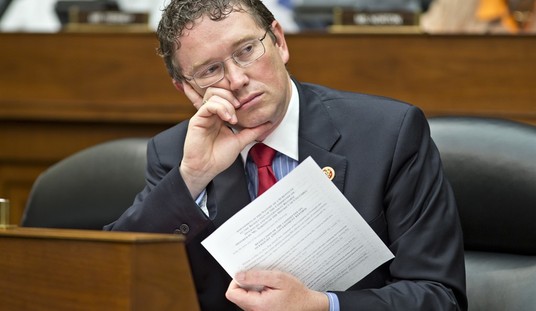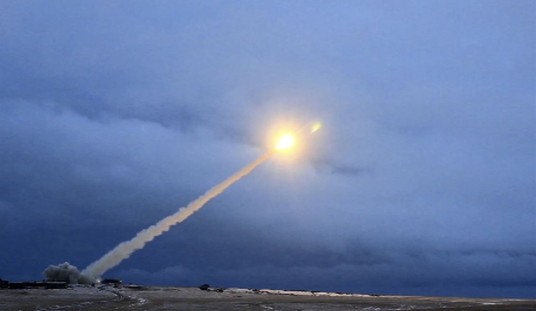The people behind the idea missed the deadline for this year’s ballot, but now that they have enough signatures — more than 800,000 — they’ve earned a spot on the 2016 ballot. That’s a presidential election year, of course, which means higher turnout. A lot of Democrats are going to end up weighing in on this at the polls.
Any reason why a Democrat from an overwhelmingly Democratic state might vote to divide into six smaller but still mostly Democratic states? I can think of one.
“If we have six Californias and we in effect dissolve the one we’ve got, those six allow us a new start,” [venture capitalist Tim] Draper says in a video posted on the Six Californias website. Each state, which would have its own capital and legislature, would be able to write its own constitution.
The six carved out states would look like this:
Jefferson: The northern part of the state, including Humboldt and Mendocino counties.
North California: The wine country counties of Sonoma and Napa, as well as the Sierra Nevada region.
Silicon Valley: Including San Francisco, San Jose and most of what’s considered the San Francisco Bay Area.
Central California: The vast central valley farm region, including Tulare and Fresno counties.
West California: Including Santa Barbara and Los Angeles.
South California: Including what’s called the Inland Empire of San Bernadino and Riverside, plus San Diego.
I’ve read half a dozen stories on this today and all of them mention Draper’s role in leading the charge, but none of them offer insight into his motives. I can’t tell if this is some principled libertarian exercise to prove that smaller jurisdictions really are more responsive to their residents’ needs — federalism through disintegration — or if there’s more to it. Turns out Draper made his money in Silicon Valley, investing in companies like Hotmail and Twitter; it also turns out that splitting California into six states would make Silicon Valley the single richest state in the U.S. while Central California would become the poorest. Maybe this is as simple as the tech industry getting tired of sending its money across its de facto “border” to pay for the rest of California. That would be ironic, given how little use they have for borders generally.
So why might a majority of the state go along? Well, they probably won’t: A poll taken earlier this year shows 59 percent opposed. People everywhere inherently dislike the idea of their state breaking up, I think, partly due to simple loss aversion and partly because they’ve grown up with an impression of the state as a distinct culture (even if it’s actually several different cultures) that contributes to their own identity. It’s hard to get them to toss that away, and it’ll get even harder when opponents start educating voters from poorer areas on lost tax revenue if Silicon Valley and L.A. go bye-bye. But, as I said, if you’re a hardcore Democratic partisan there is one reason to support disintegration — namely, you’d add 10 new seats to the U.S. Senate and most (but maybe not all) of those seats would be held by Democrats. That’s a major obstacle to this happening, as the U.S. Congress (as well as the California state legislature) would have to approve the state’s disintegration even if a majority of California voters support it. House Republicans aren’t about to do that. So the only way this has even a whisper of a chance of happening is if … a major red state also splits up, ensuring a bunch of new Republican seats in the Senate too. How about it, Texas?
Two clips for you, one from the “Six Californias” group and the other from Reason TV to remind you that there may be some support for this idea in rural, right-leaning California districts.








Join the conversation as a VIP Member